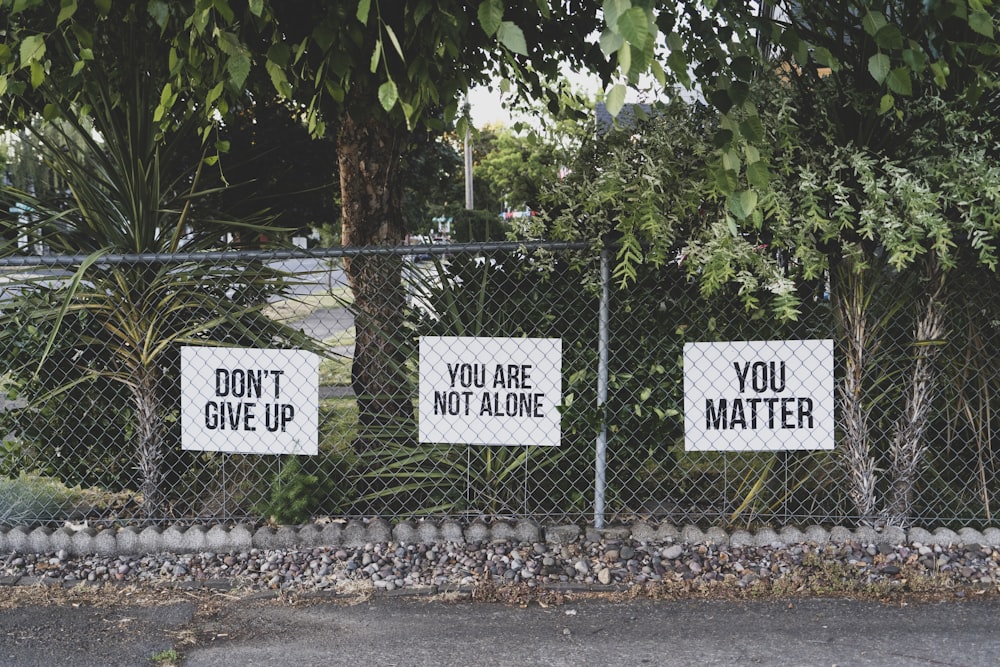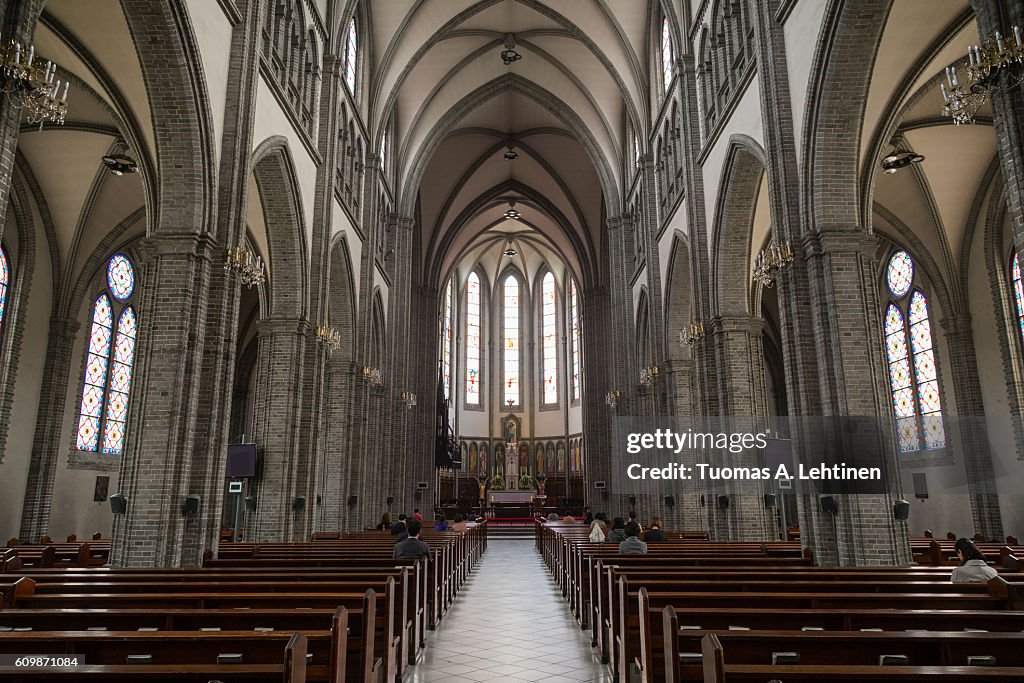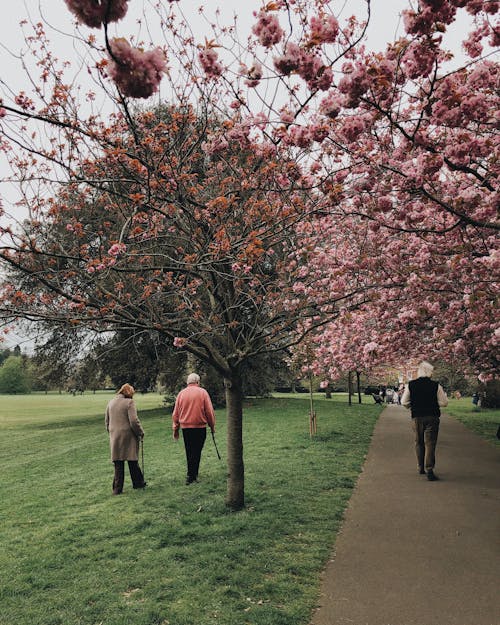
A professor at a Catholic University writes in a featured column of the Catholic Peace Weekly about one of the issues that continue to embarrass the unity of Christianity.
The Coptic Orthodox Church is said to have been founded by Saint Mark the Evangelist in Alexandria, Egypt. In Greek, Egypt is Aigyptos, and in Arabic, it is Qubt. Qubt entered Latin as Coptus and was called Copt in English. We use this word in English to refer to the Coptic Orthodox Church, but the correct term is the Egyptian Orthodox Church.
Christianity split into different paths once it gained freedom of religion after the persecution in Rome ended. In the 4th to 5th centuries, Christians debated whether Christ was divine or human. They eventually reached a consensus that Christ was fully divine and fully human. However, they later divided again over the question of how the one Christ could exist in two natures, divine and human. The Council of Chalcedon in 451 was where they argued and separated.
According to the Coptic Orthodox Church's monophysitism: A Christological teaching that the person of Christ consisted of single divine nature or divine-human nature in which the human was absorbed by the divine.
The Catholic Church (Western Latin Catholic) and the Eastern Orthodox Church, uphold Dyophysitism: The Christological position that two natures, divine and human, coexist in the unique person of Jesus Christ God.
They fought with each other over secondary doctrines instead of focusing on Jesus Christ's teachings and spent time on doctrinal disputes instead of loving one another.
It took them 1,522 years to realize their shame. On May 10, 1973, Pope Shenouda III of the Coptic Orthodox Church visited the Vatican and met with Pope Paul VI. They signed an agreement stating that despite unnecessary increases in their theological differences over centuries due to non-theological factors, they could acknowledge Christ together, saying, "Christ is perfect God and perfect man."
On May 10, 2013, Pope Francis met with the Coptic Orthodox Church's Pope Tawadros II in Rome and reaffirmed that they are united in Christ as one Church. From May 9 to 14, Pope Tawadros II of the Coptic Orthodox Church will visit the Vatican. He is expected to speak at a general audience with Pope Francis on May 10, the 50th anniversary of the signing of the joint declaration of the Catholic and Coptic Orthodox Churches and the 10th anniversary of Friendship Day, and hold a liturgy at the Basilica of St. John Lateran.





